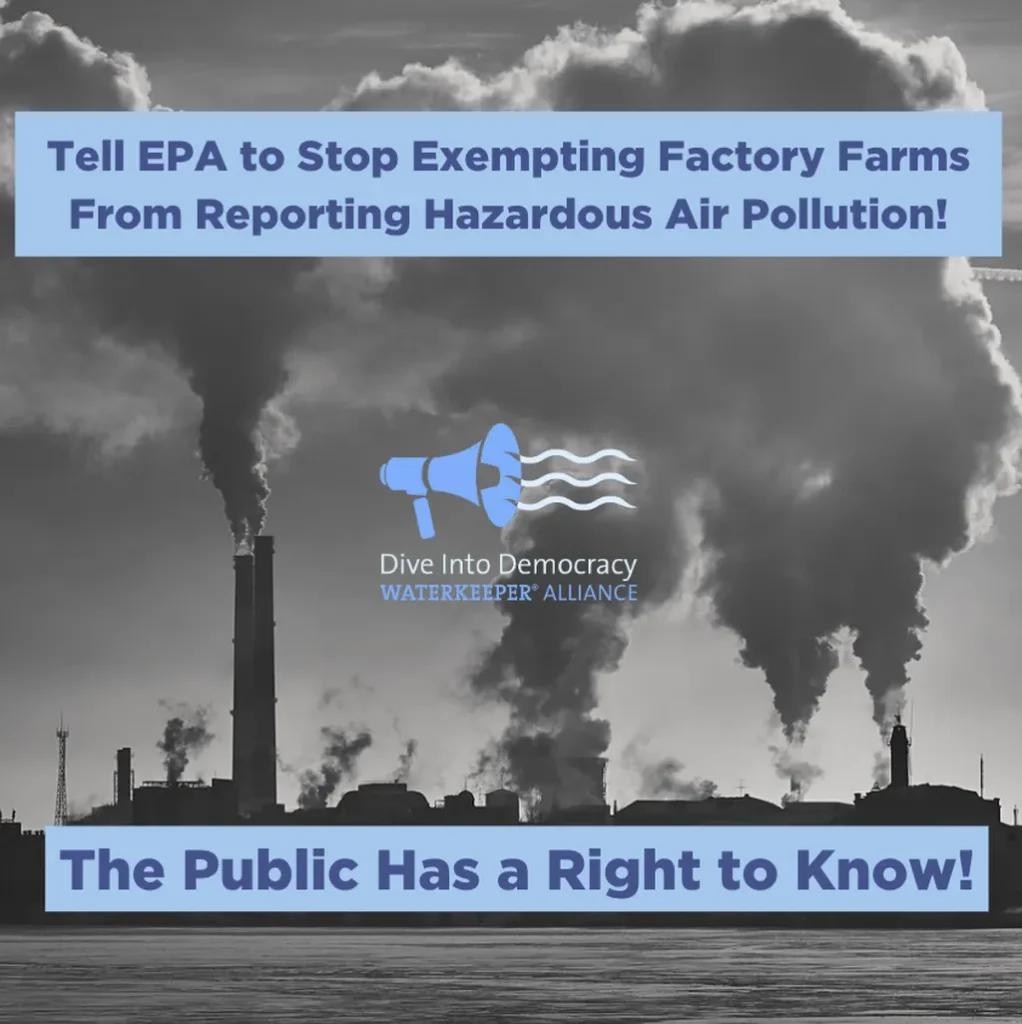In a significant legal development, a federal court in the District of Columbia has ruled against environmental groups seeking to compel concentrated animal feeding operations (CAFOs) to report air emissions from animal waste under the Emergency Planning and Community Right-to-Know Act (EPCRA). The August 7, 2025, decision in Rural Empowerment Association for Community Help v. U.S. Environmental Protection Agency (EPA) clarifies the intersection of EPCRA and the Comprehensive Environmental Response, Compensation, and Liability Act (CERCLA), providing some legal certainty for the agricultural sector.
The lawsuit, originally filed in 2018, challenged a 2019 EPA rule that exempted air emissions from animal waste from EPCRA’s notification requirements. The environmental groups argued that the EPA had misinterpreted EPCRA, claiming that the statute required CAFOs to report emissions of ammonia and hydrogen sulfide above certain thresholds. However, the court disagreed, finding that an appropriate reading of EPCRA, together with CERCLA, did not require CAFO operations to report air emissions of animal waste.
To understand the implications of this decision, it’s essential to grasp the background of the two statutes involved. CERCLA, also known as Superfund, was established by Congress in 1980 to investigate and clean up areas contaminated with hazardous substances. It includes public notification requirements that mandate reporting of releases of certain pollutants. EPCRA, enacted in 1986, ensures that the EPA works with state and local governments and the private sector to control and respond to releases of “extremely hazardous substances” into the environment. Both laws include emergency notification requirements, but their interplay has been a subject of legal debate.
The court’s decision hinged on the interpretation of these notification requirements. The plaintiffs argued that air emissions from animal waste should be reported under EPCRA because they release “extremely hazardous substances” (ammonia and hydrogen sulfide) into the environment. They contended that even though the Fair Agricultural Reporting Method (FARM) Act of 2018 exempted these emissions from CERCLA reporting, EPCRA still required notification.
However, the court found that the FARM Act’s exemption from CERCLA reporting also applied to EPCRA’s notification requirements. The court reasoned that Congress had the authority to limit the manners of release that require CERCLA notification and that the FARM Act did just that by exempting “air emissions from animal waste” from section 103(a) reporting requirements under CERCLA. Consequently, these emissions did not meet the EPCRA requirement for notification.
This decision provides clarity for CAFOs, which will not be required to report air emissions from animal waste under EPCRA. However, it also highlights the ongoing tension between environmental protections and agricultural interests. While the ruling may alleviate regulatory burdens for the agricultural sector, it also means that communities near CAFOs will not receive notifications about certain air emissions, which could impact their ability to respond to potential environmental and health risks.
The decision is a significant victory for the agricultural industry, which has long argued that such reporting requirements were overly burdensome and unnecessary. However, environmental groups are likely to view the ruling as a setback in their efforts to increase transparency and accountability for air emissions from CAFOs. The decision may also have broader implications for how other industries interpret and comply with environmental reporting requirements under CERCLA and EPCRA.
As the agricultural sector continues to evolve, the balance between environmental protection and economic viability will remain a critical issue. This court decision is a step in that ongoing dialogue, providing some clarity but also underscoring the need for continued engagement and debate on these complex issues.

